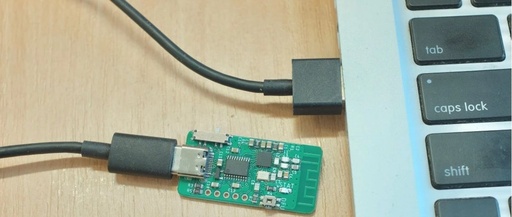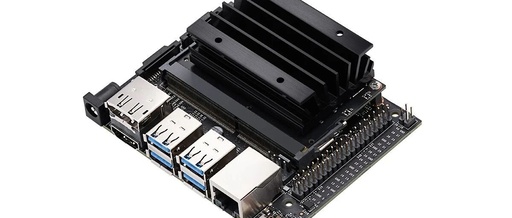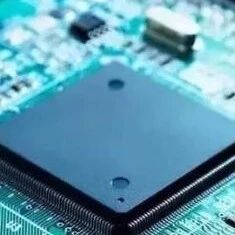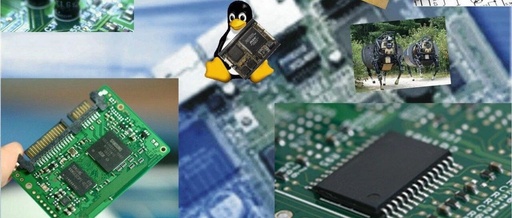Is There Any Meaning in Running RTOS on an 8-bit MCU?
Most people start learning about microcontrollers with the most basic 8-bit MCUs. Generally, the most common 8-bit microcontroller series are: the 51 series, AVR series, and PIC series.Recently, there was a discussion in a group about a question: Is there any meaning in running RTOS on a 51 microcontroller? Regarding this question, everyone has their … Read more









![Week 8: Embedded Programming [FabNotes016]](https://boardor.com/wp-content/uploads/2025/08/2aef697e-9c17-4ad8-8f17-554b95b4793a.jpg)